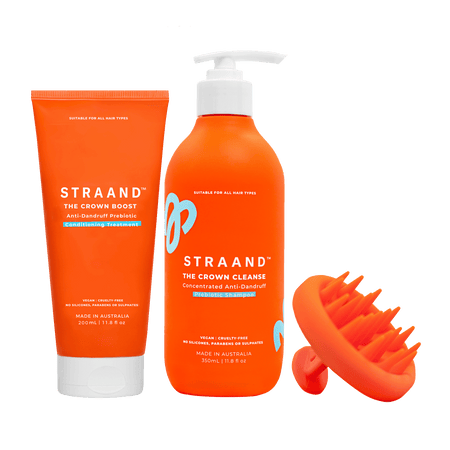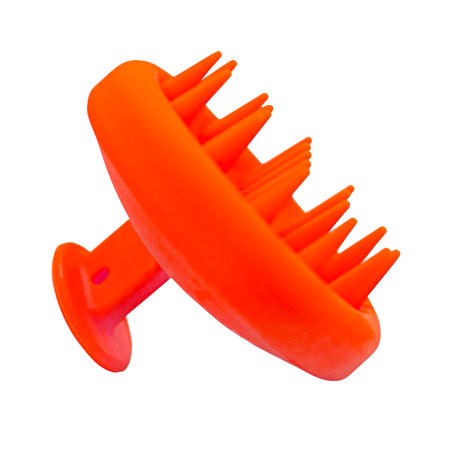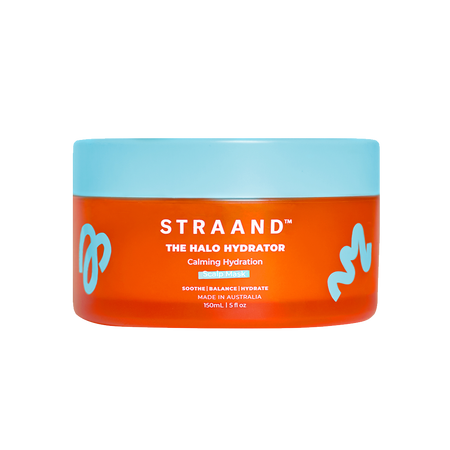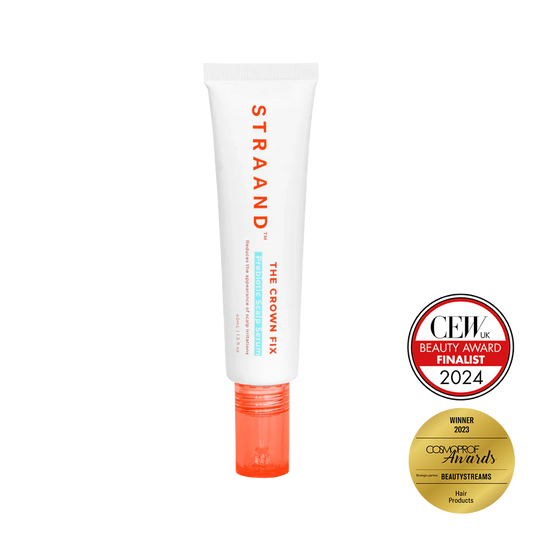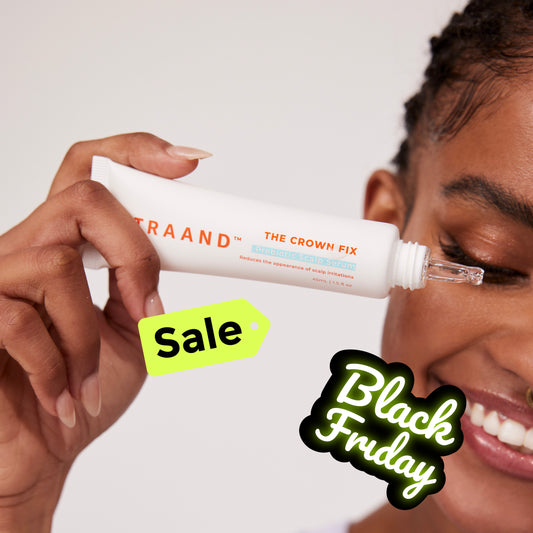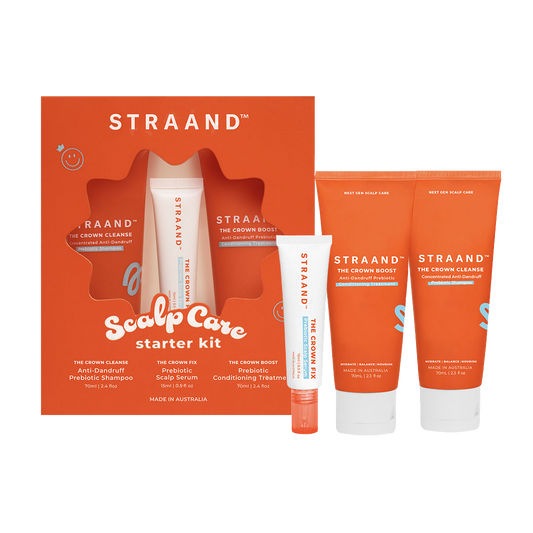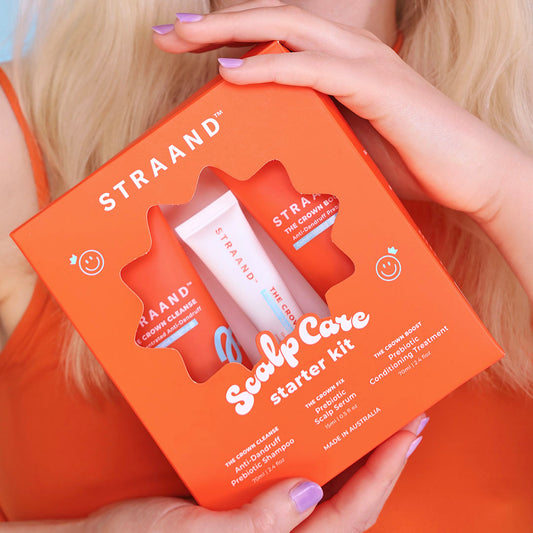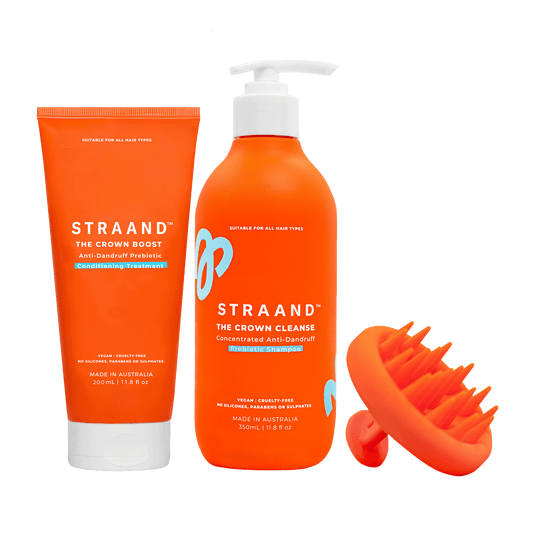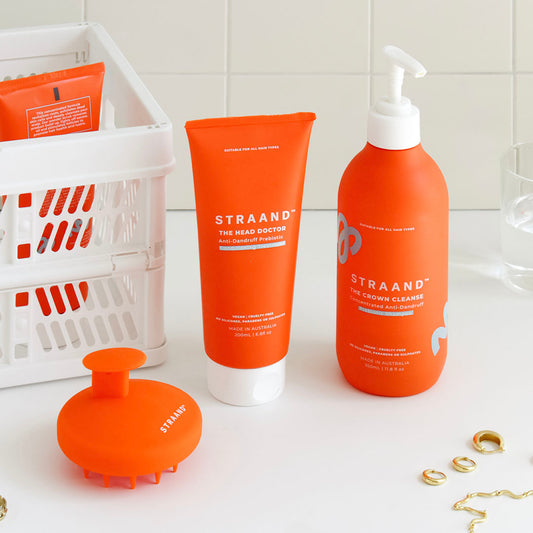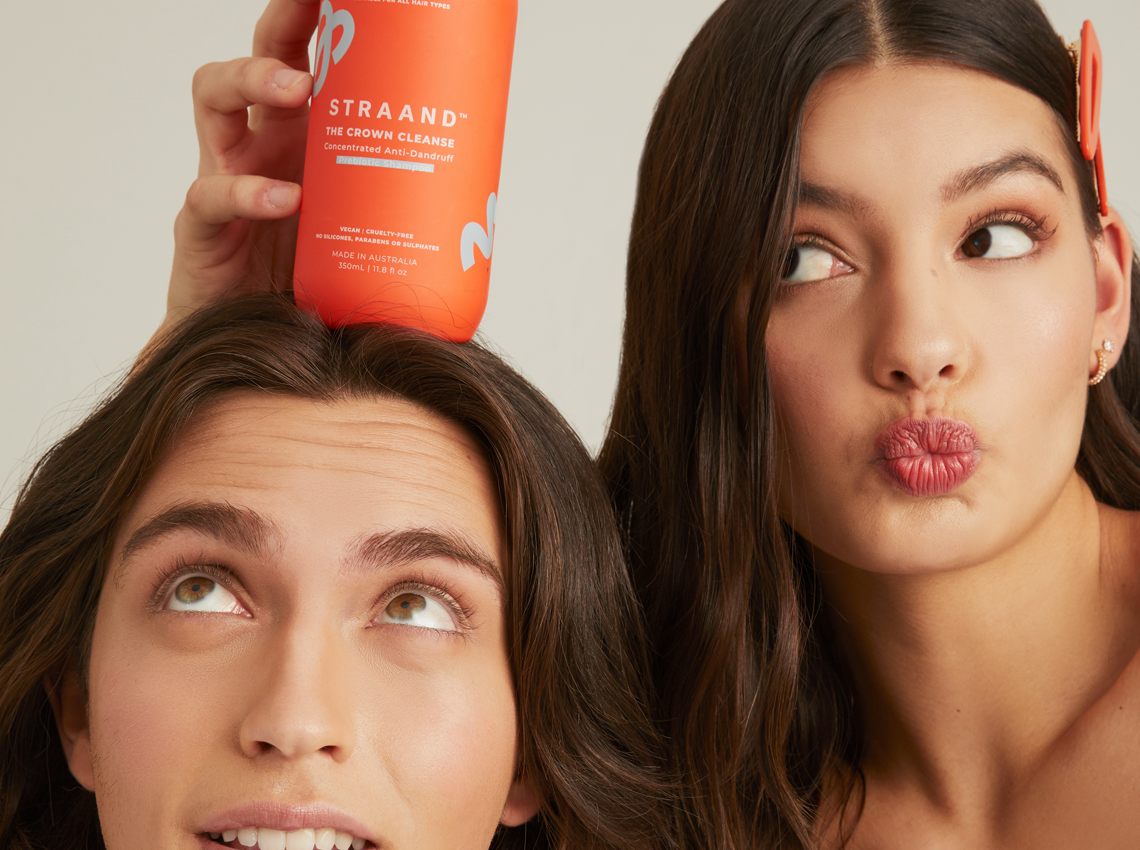You probably know the answer to the common question: what’s your hair type? In hair care communities the hair type scale rules supreme as a flair of honour, and shorthand to comparing notes on holy grail products and their potential. So, you might already know your 1A's to your 4C's, but what about the equally important, less spoken about measurement: hair porosity?
Hair porosity is simply put an identifier that determines the amount of moisture your lengths can retain and absorb, referring to the quality and degree of minute spaces or holes through which liquid or air may pass. Porosity is broken up into three levels; high, medium and low. This comes in handy when selecting a routine to address the more aesthetic aspect of hair concerns - AKA the gloss factor!
The dream? Medium porosity: where your hair dries at a moderate rate and products work well with your hair. Whereas, low and high hair porosity havers might experience more difficulty retaining and absorbing moisture. This can express as frizz, tangles, split ends and colourful dyes that just wont hold no matter how much TLC you're investing and make you feel like you're far away from #hairgoals.
Identifying your hair porosity level can be the missing link to unlocking a bespoke routine that'll address your unique hair condition and in turn deliver optimal results, whilst ensuring that your efforts (and hard earned dollars) aren't spent in vein.
How to Test Your Hair Porosity at Home
The scientific way of measuring porosity uses something called the Brunauer-Emmett-Teller (BET) theory, which uses the physical absorption of gas molecules on a solid surface to analyse and then measure. Garnering over 52.5 million views on TikTok, the “float test” is at home science experiment to determine your hair's porosity that's been going viral. Our team gave the strand test a spin this week, and the results were surprisingly accurate in line with our predictions...
- Grab a glass and fill to the brim with water.
- A small sacrifice in the name of science! Pluck a single strand from your scalp; sounds scary but doesn't hurt, we promise.
- Ball up, and drop it into the glass. Check back in 5 minutes for the results.
- Assess the level at which your hair is floating.
@straand.scalpcare Comment your hair porosity 🤔 #hairporosity #floattest #straand #straandscalpcare #diyhair #hairtest #hairhack #porosity #trichology #haireducation ♬ The Winner Is - DeVotchKa & Mychael Danna
Low porosity strands will float on the top, medium porosity strands float in the middle, and high porosity strands sink to the bottom of the glass.

An Expert Routine For All Porosity Levels
Low Porosity:
According to our mates at Byrdie, “Low porosity [hair] is actually healthy hair that is not being moisturised correctly.” Sounds unfair, doesn't it? A simple switch up may be what your healthy hair is calling out for. Try capping intensive masks to once a week in favour of fostering a healthy scalp microbiome by applying a pre-wash oil treatment like a nourishing oil, and finishing off with a post-wash Scalp Serum to strengthen and nourish at the root.
Because low porosity hair tends to have more product build up, double cleansing with a clarifying shampoo like The Crown Cleanse is important to aid in properly removing debris and dead skin to make way the for following steps in your routine to absorb effectively without obstruction.
Moderate Porosity:
At the moderate porosity level, hair is easiest to maintain because moisture can penetrate the follicle with ease (lucky you). If you’re already living in the land of porosity paradise, we recommend flicking into maintenance mode with a deep conditioning mask once a week. Whilst healthy hair is thriving, upgrading your routine to include a scalp scrub will help to remove impurities at the root and keep your scalp biome balanced while new hair sprouts.
High Porosity:
High porosity hair struggles to retain moisture. Our resident trichologist, Chelcey Salinger, confirms styling damage as the leading cause of low porosity in hair, saying "Basically, the more you do to your hair that causes damage, like colouring, heat treating, high UV exposure, the more porous it is likely to become."
Chelcey's recommendations for an ultimate low porisity routine? Going back to basics with a pH balanced shampoo and conditioner. "Closing the hair’s cuticle (the outer layer of the hair) is a simple way to reduce the hair surface area and porosity" she says. A gentle, natural pairing like our Daily Duo that is pH-approved and free of sulphates, parabens and silicones is important as these can potentially dry out your hair further.
Lastly, preventing further damage by putting down the heat and chemical styling is the sure-fire way to induct yourself back into the medium porosity club asap - this doesn't mean that you must sacrifice anything though! Rising trends like heatless overnight curlers and low-maintenence root fades are our favourite replacements to have fun with whilst your hair health goals are in progress.
Will you be trying the strand test at home? Let us know your results @straand.scalpcare.


